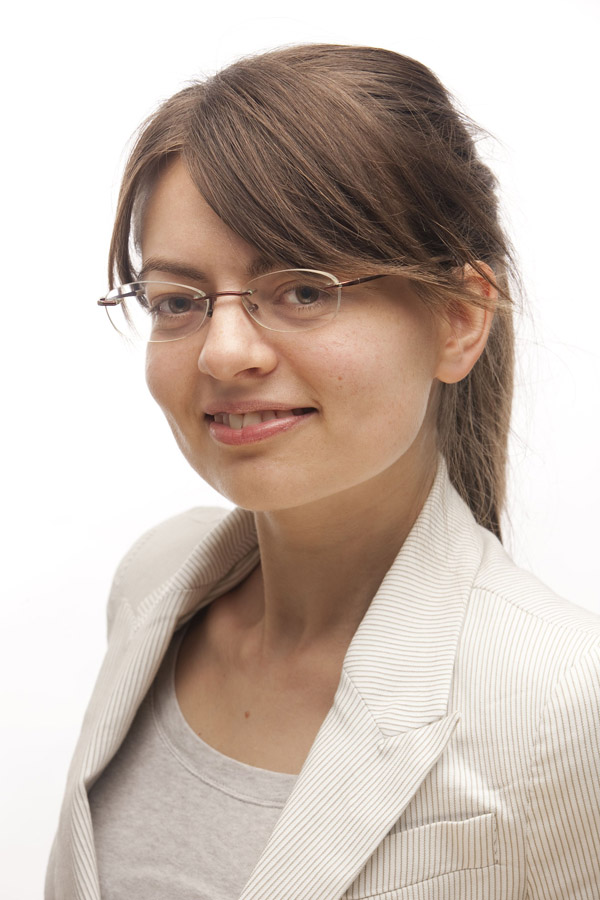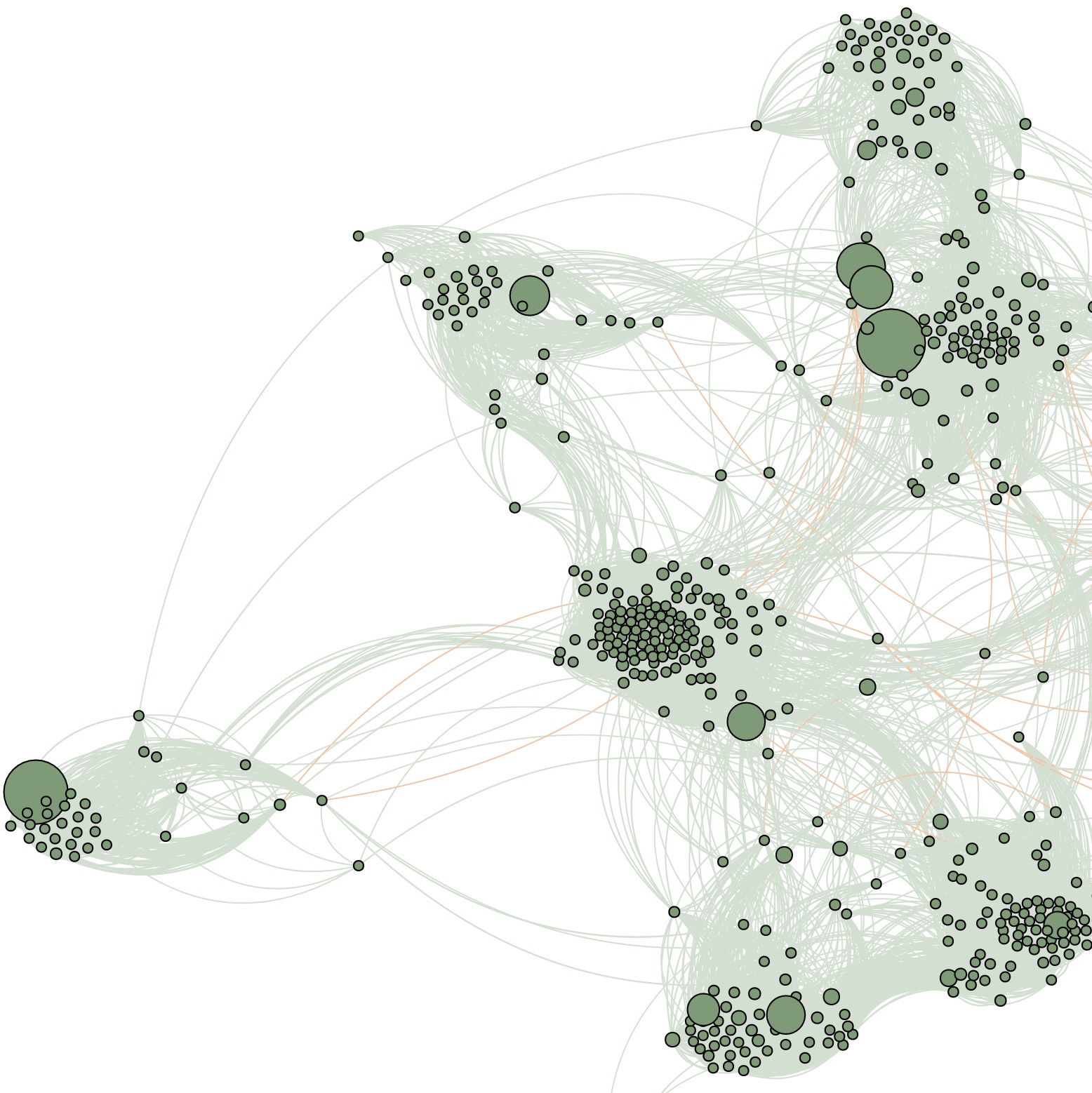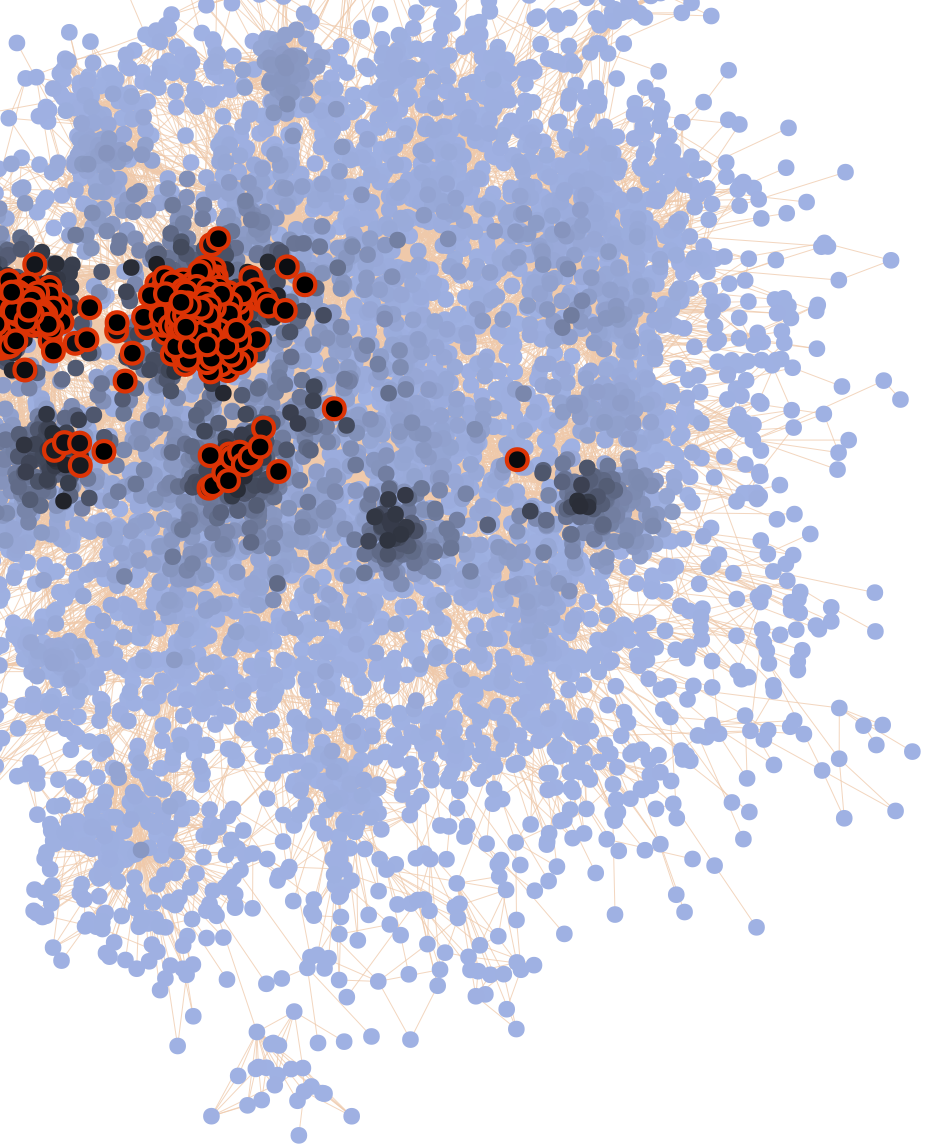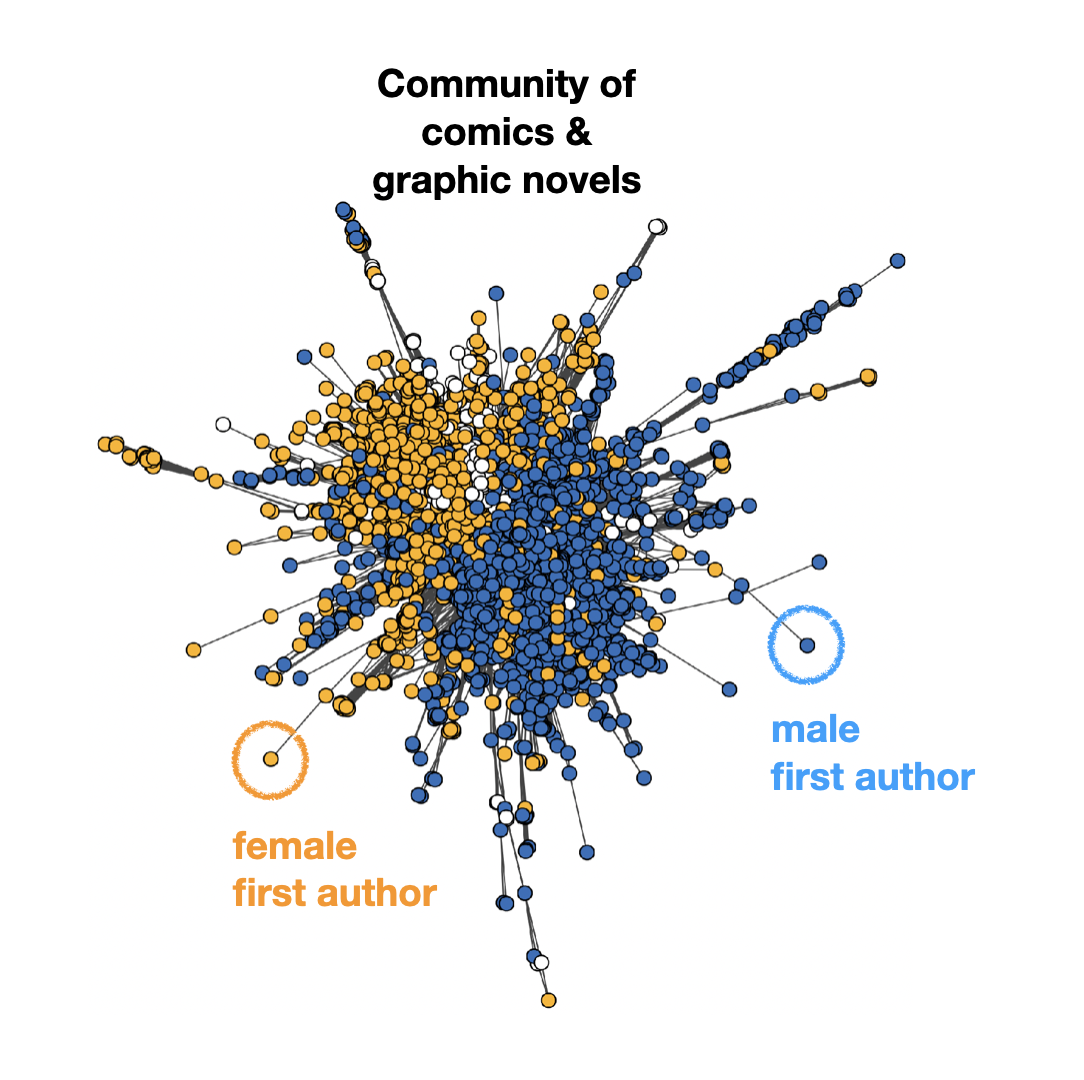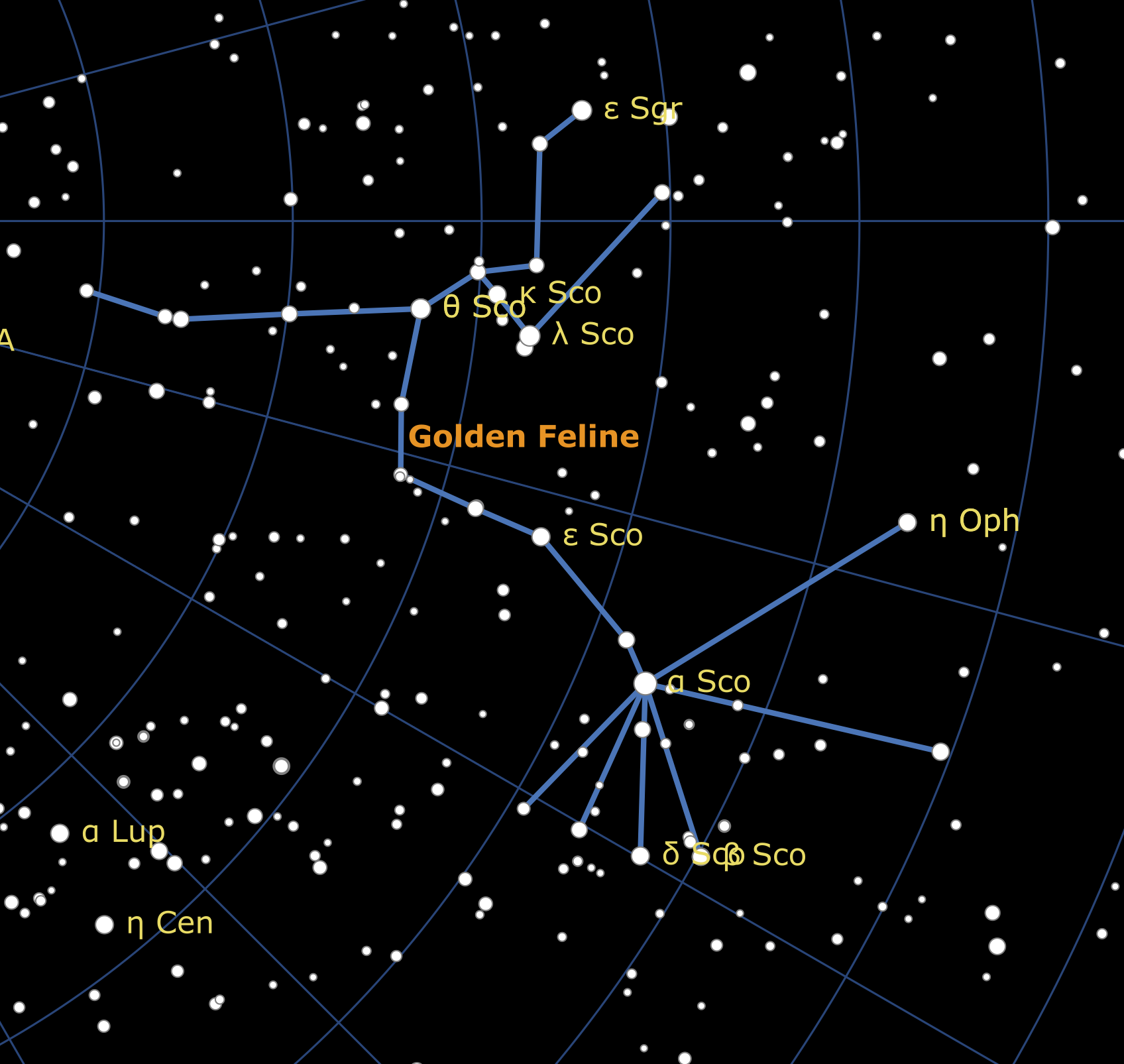Doina Bucur
Assistant Professor in network data science at UTwente (The Netherlands). The name is pronounced: 'Doy-nah 'Boo-koor (and has a complicated etymology).
I learn (and make decisions from) empirical models for complex systems, from observational data. The models are networks (such as interaction or causal graphs) describing diverse systems well across disciplines: social, ecological, information, historical, and cultural. My methods are machine learning, network science, and evolutionary algorithms.
PI on the NWO Perspectief project Soil biodiversity analysis for sustainable production systems (SoilProS) (2023-2028), on functional ecological networks, co-PI on the NWA ORC project DECIDE: Democratizing AI, Empowering Citizens through Transparent Decision-making (2025-2031), on ethical AI design. FAIR Data Fund obtained (2022) to curate a dataset of constellation line figures from many world astronomies. Vice-chair of the Ethics Committee on Computer and Information Science at UTwente, where I handle AI ethics. Guest research staff at Netherlands Institute for Ecology. I serve in various Dutch (NWO) grant committees.
Ecological networks | Social networks | Information networks | Constellation line figures | AI ethics
